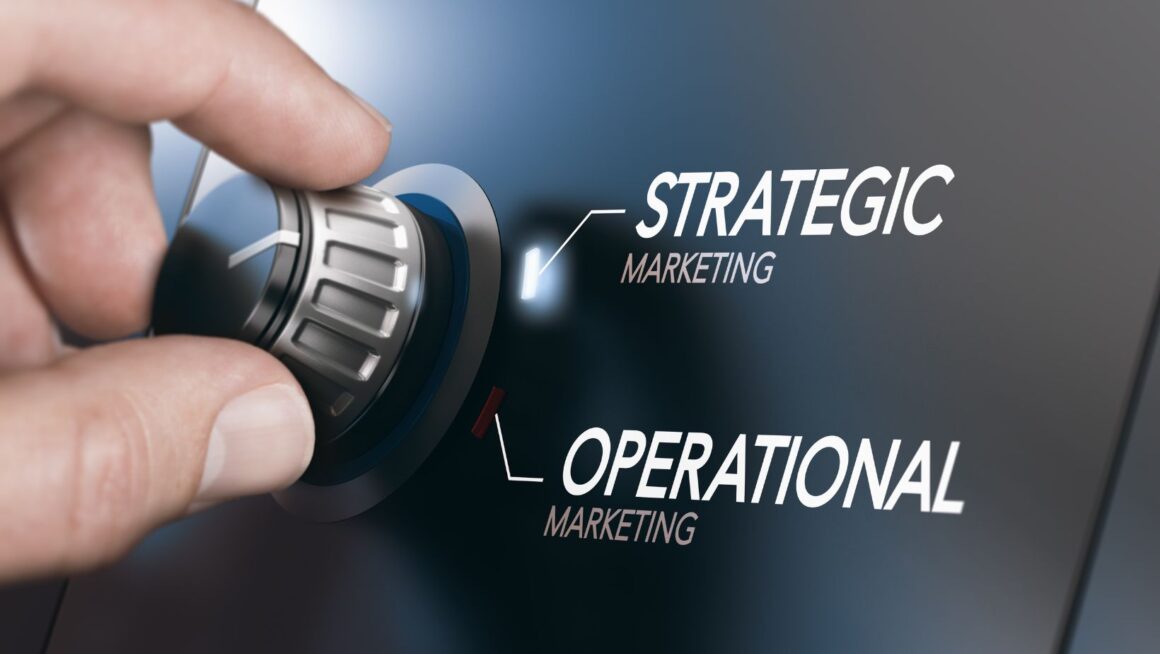Tired of pouring money into inventory errors?
Every business aspires to achieve operational excellence and healthy profit margins. But the path to get there is anything but smooth. High inventory carrying costs, stockouts that cost sales, and endless manual processes slow down your best efforts.
And it all comes down to inventory management.
Here’s the deal:
You cannot manage what you do not measure. 43% of small businesses have no inventory tracking or are using outdated, manual systems like Excel sheets.
That’s crazy.
Strategic inventory forecasting empowers you to do more than just survive — it gives you the visibility and control you need to thrive. When you boost operations with inventory forecasting software, you do more than just prevent issues – you open the door for growth opportunities you never even realized were there.
Read on below for the exact strategies and benefits that make inventory forecasting an essential part of operational excellence.
Table of Contents
ToggleIn this guide, you’ll learn:
- Why inventory forecasting is critical for your operations
- The true cost of poor inventory management
- How strategic forecasting transforms operations
- Key benefits of modern inventory forecasting software
- Making the switch: what to look for
Why Inventory Forecasting Is Critical for Operations
Inventory forecasting is the process of predicting demand to optimize inventory levels. It’s a combination of historical data, market trends, and sophisticated analytics that answer one critical question:
How much inventory should I have at any given time?
Getting this answer right means having the optimal amount of stock to meet demand without tying up excess capital in items sitting on shelves. Miss the mark and costs start to pile up quickly.
Think about it this way…
Every dollar tied up in excess inventory is a dollar not being put to work on other initiatives that could drive growth, marketing, or improve operations. At the same time, stockouts cause lost sales, unhappy customers, and damaged relationships.
Forecasting your inventory gives you that sweet spot of enough, but not too much.
The Real Cost of Poor Inventory Management
The numbers don’t lie. Poor inventory management costs businesses up to 11% of their annual revenue. That’s money lost to overstocking, stockouts, and unoptimized operations.

But the cost goes deeper than lost revenue…
Overstocking problems:
- Capital tied up in slow-moving inventory
- Warehousing and carrying costs increase
- Obsolescence and depreciation of products
- Insurance and handling fees
Stockout problems:
- Lost sales and revenue opportunities
- Damaged customer relationships
- Premium prices for emergency orders
- Competitive disadvantages
The worst part? Many businesses are not even aware of how much money they’re losing. Without proper tracking systems and strategic forecasting in place, these costs are hidden in operational inefficiencies.
Manual methods of inventory control like counts and simple spreadsheets just don’t work anymore. Customer expectations have evolved, supply chains have grown more complex, and competition has never been more cutthroat.
How Strategic Forecasting Transforms Operations
Strategic inventory forecasting is the opposite of traditional inventory management.
Instead of trying to fix problems after the fact, you can see them coming and prevent them altogether. The difference between reactive and proactive management fundamentally shifts operations.
Here’s what changes when you do forecasting right:
Demand patterns become clear. Seasonality, market trends, and customer behavior are all baked into accurate forecasts. This visibility allows you to plan and act ahead of time instead of constantly firefighting.
Purchase orders optimize. Accurate demand forecasting means you can order just the right amount of inventory at just the right time. This decreases both overstock and last-minute emergency orders.
Warehouse space is used more efficiently. With fewer dead stock items taking up space, warehousing is optimized for fast-moving products and strategic positioning.
Cash flow is dramatically improved. With better-optimized inventory levels, your money is not sitting in products not moving. It’s available for strategic investments in growth.
The data supports this. Businesses that deploy demand forecasting tools see a 10-15% reduction in overall inventory levels. That’s massive for the bottom line.
Key Benefits of Modern Inventory Forecasting Software
Forecasting software does more than make pretty graphs. It fundamentally changes how you approach inventory management by offering:
Real-Time Visibility
The old days of monthly inventory counts and dusty spreadsheets are gone. Real-time systems show you exactly what you have on your shelves, what’s in demand, and where things are moving through the supply chain.
This level of instant visibility means faster and more confident decision-making. When conditions change, you can pivot in the moment instead of being caught by surprise.
Improved Accuracy
Human forecasting is prone to error, bias, and is just plain wrong. Automated systems use sophisticated algorithms and historical data to generate far more accurate predictions.
Retailers using forecasting tools report a 73% improvement in inventory accuracy. This reduces overstocking and stockouts.
Automated Reordering
Best-in-class forecasting software doesn’t stop with demand predictions. It automates the supply chain with smart reordering systems that trigger POs when inventory hits pre-set thresholds.
This saves manual labor, prevents stockouts, and ensures smooth operations without micromanagement.
Better Financial Performance
The most compelling benefit of inventory forecasting is the direct revenue impact. The right forecasting efforts can lead to a 9% increase in revenue by making sure the right products are always in stock.
That’s significant and growth for very little effort.
Scenario Planning
Advanced systems also allow for sophisticated scenario modeling. What if demand spikes unexpectedly? What if a supplier has a delay? Forecasting tools let you play out “what-if” situations to prepare your teams for different outcomes.
This feature is especially helpful in uncertain times or when breaking into new markets.
Making the Switch: What to Look For
Choosing the right forecasting solution for your business requires thought and planning. Not all systems are equal, and picking the wrong one will cause more harm than good.
Key features to focus on:
Integration capabilities – Your system needs to integrate tightly with your other tools like ERP systems, accounting software, and e-commerce platforms. No-silos data is the key to effective forecasting.
Scalability – As you grow, the software should grow with you. Choose a solution that can handle more products and sales volumes over time.
User-friendly UI – Complex systems with long learning curves are adoption killers. Best-in-class software is intuitive and easy to use by all teams.
Advanced analytics – Look for features that incorporate AI and ML to improve over time. These powerful tools identify human-undetectable patterns.
Customization options – All businesses are different and have unique needs. The right solution will be flexible and customizable to fit your industry and workflows.
Strong reporting features – Decision-makers need clear, actionable insights. Robust reporting capabilities make it easy to understand performance and spot opportunities for improvement.
Switching to strategic forecasting takes time. There needs to be commitment from above, proper training at the frontline, and patience while the systems are implemented and fine-tuned.
But the results are worth it.
Businesses that take the leap and adopt modern forecasting gain a compounding competitive advantage. Inventory management will be better, customer satisfaction goes up, financial performance is strong, and operations are more efficient overall.
The Bottom Line
Strategic inventory forecasting is the bedrock of operational excellence.
It takes the guesswork out of inventory management and replaces it with data and intelligence. The result? Less waste, more cash flow, and stronger overall business performance.

Businesses that take the time to plan and implement smart forecasting position themselves for sustainable long-term growth. Those that remain stuck with legacy methods will continue to hemorrhage money in inefficiencies.
It’s that simple. Invest in strategic inventory forecasting today or watch your competition overtake you with smarter operations and better results.
Time to make the switch.



